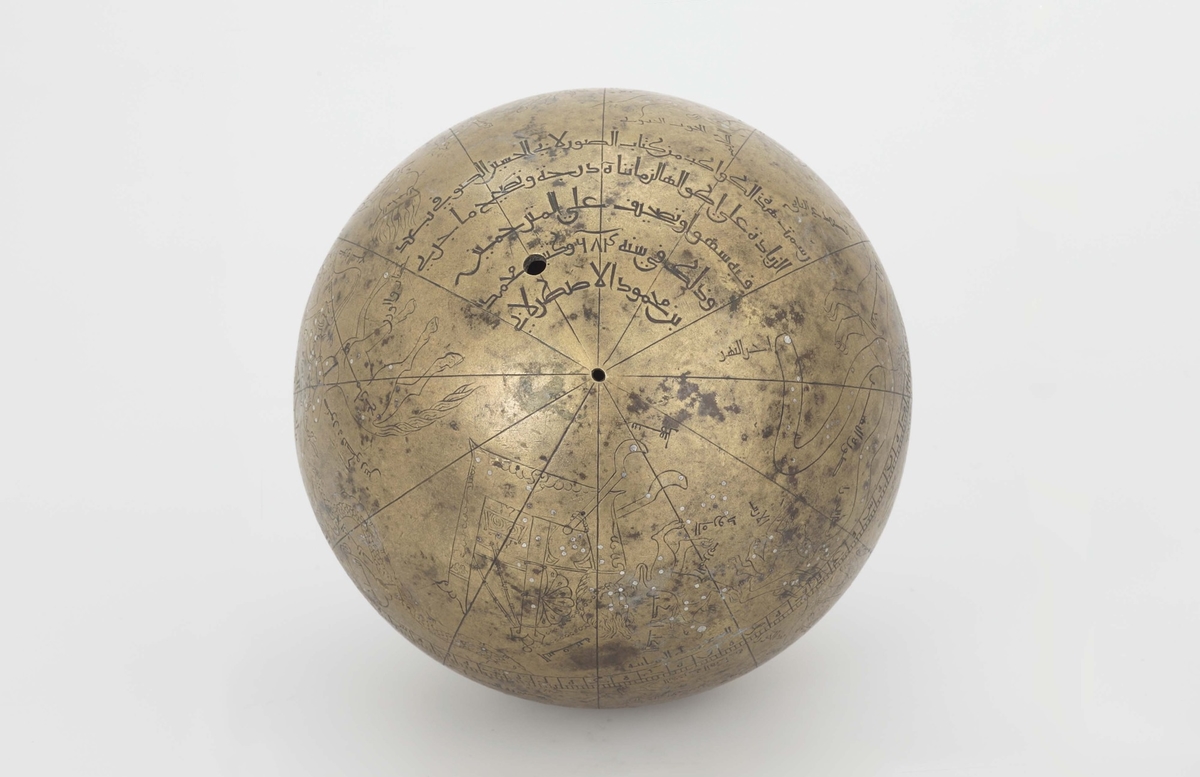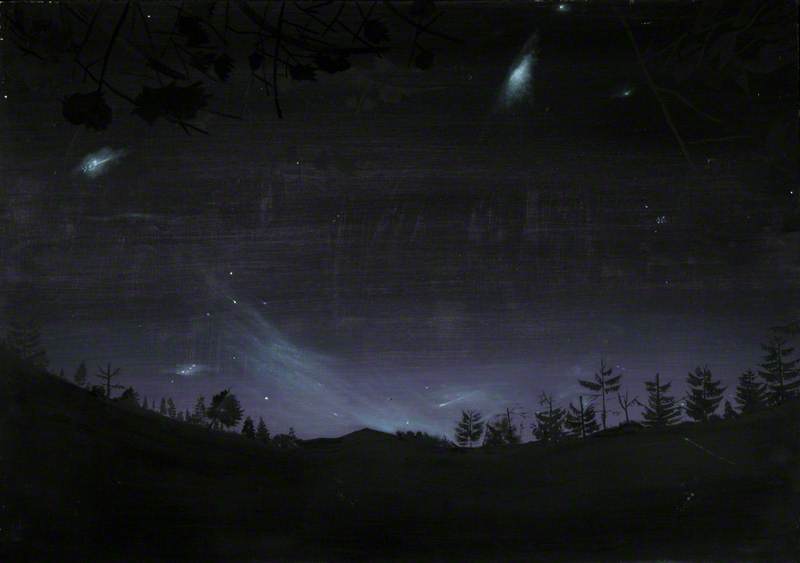How you can use this image
This image can be used for non-commercial research or private study purposes, and other UK exceptions to copyright permitted to users based in the United Kingdom under the Copyright, Designs and Patents Act 1988, as amended and revised. Any other type of use will need to be cleared with the rights holder(s).
Review the copyright credit lines that are located underneath the image, as these indicate who manages the copyright (©) within the artwork, and the photographic rights within the image.
The collection that owns the artwork may have more information on their own website about permitted uses and image licensing options.
Review our guidance pages which explain how you can reuse images, how to credit an image and how to find images in the public domain or with a Creative Commons licence available.
Notes
Add or edit a note on this artwork that only you can see. You can find notes again by going to the ‘Notes’ section of your account.
This precisely executed globe, made of two hemispheres, is the sixth earliest surviving celestial globe. The maker's name is given twice on the globe. The first, and shorter inscription, states that the globe was made by Muhammad ibn Mahmud ibn 'Ali al-Tabari. His name appears again in the longer five-line inscription, where he omits the name of his grandfather and his nisbah, but emphasizes instead his trade as an astrolabe-maker, al-asturlabi. And indeed the globe does reflect the work of a professional instrument maker. The long inscription, situated near the south pole of the instrument, states that its maker, Muhammad ibn Mahmud based it on the illustrations in the tenth-century astronomer al-Sufi's Kitab suwar al-kawakib al-thabitah ('Book of the Fixed Stars'), adapting it to take account of the 200-year lapse of time and rectifying errors of placement and spelling and that the maker had written the identifications of the various constellations of the Zodiac, fixed stars, lunar mansions, and of some non-Zodiacal constellations as well.
Title
Celestial Globe
Date
684 AH (1285–1286)
Medium
brass, incised & inlaid with silver
Accession number
1007
Work type
Sculpture



